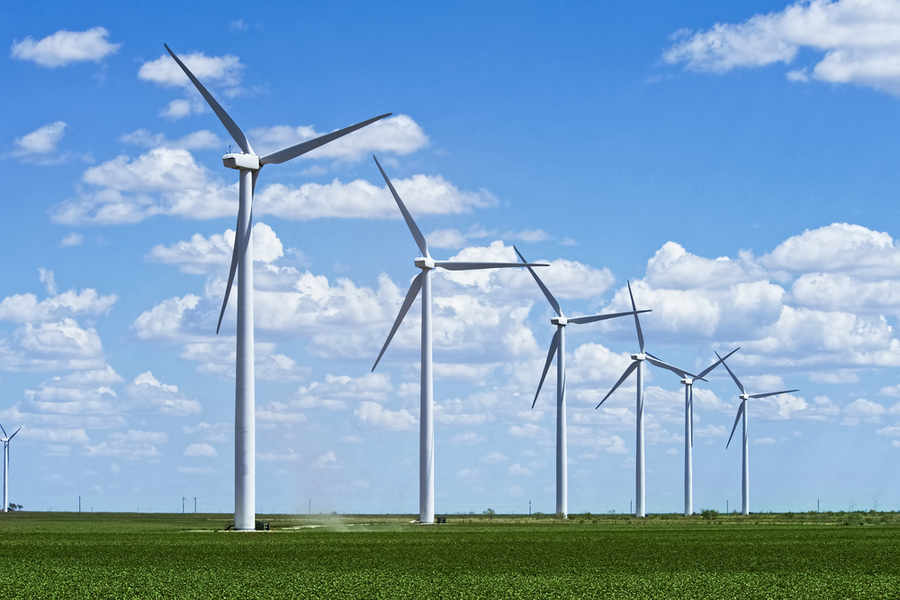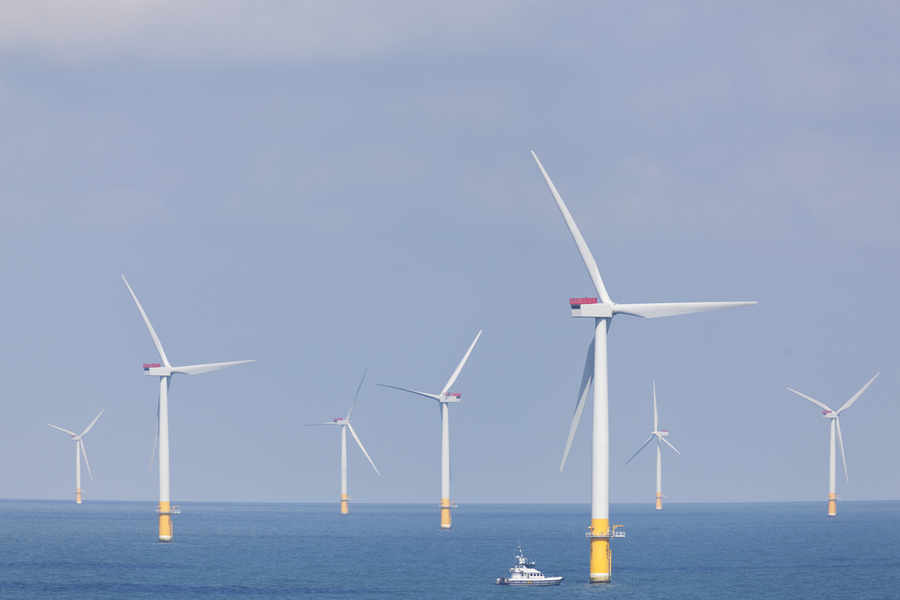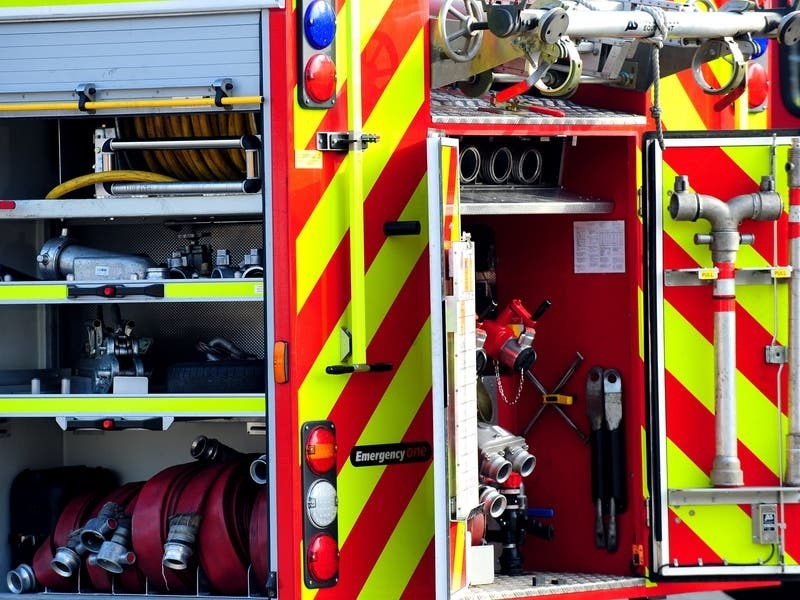- Environment Minister considering wind and tidal power to supply Jersey’s future energy needs
- States now have more control over the Islands territorial waters, which extend 12 miles out from the coast, following the historic transfer of ownership of Jerseys beaches and seabed from the Crown
- Environment Department’s ‘medium-term goal’ is to look at wind-generated energy in Jersey waters and long-term to consider the use of tidal power
- Do you think wind farms should be built in Jersey waters? Take part in our poll below
THE States could turn to wind and tidal power to supply Jersey’s future energy needs following a decision by the Queen to give the foreshore and seabed to the public of Jersey, the environment director has said.
The historic transfer of ownership of Jersey’s beaches and seabed from the Crown, announced last week, will give the States more control over the Island’s territorial waters, which extend 12 miles out from the coast.
And this has opened up the possibility of leasing out the seabed for renewable energy plants, such as wind farms and tidal turbines.
Willie Peggie, the States’ environment director, said that the Crown’s decision was ‘exceptionally good news’.
‘Having ownership of the seabed means we can now go ahead with activities out there and lease it to companies who would provide wind farms or tidal arrays,’ he said.
‘Our medium-term goal is to look at wind-generated energy in Jersey waters and in the long-term review consider the use of tidal power.
‘We want to review our energy relationship with France and supply ourselves with as much energy as possible.
‘Our aspiration is for long-term, affordable, sustainable energy.
‘We put a couple of wind meters out on the Ecréhous and the Minquiers last year and measured what the wind does in our waters, which was useful.
‘We still need to work out the costs compared to the power supply from France, but hopefully wind farms will be viable.’
Mr Peggie warned that ‘the right balance’ must be found between generating green energy and preserving the natural environment.
He expects any wind farms to be built miles out at sea.
‘We won’t be putting anything on the Ecréhous or the Minquiers – we just used those areas to gather data,’ he said.
‘We know that near the border between French and Jersey waters towards Brittany, they are planning to construct a large wind farm there – that area might be somewhere to consider.
‘We know we need to get the balance right – between the aesthetic implications and our energy needs for the future, which need to be sustainable, economical and environmentally sound.’
He added that it was too early to say when any wind farms might be built but the Crown’s decision was the ‘first historic step’.
‘The next thing we need to do is to generate legislation to determine how building renewable energy can be done,’ he said.
‘When that’s all in place then we will be able to go to companies who are interested and say what can you offer us.’

- Wind is a form of solar energy and is a result of the uneven heating of the atmosphere by the sun, the irregularities of the earth’s surface, and the rotation of the earth.
- The terms wind energy or wind power describe the process by which the wind is used to generate mechanical power or electricity.
- A wind turbine works in the opposite way to a fan. Instead of using electricity to make wind, wind turbines use wind to make electricity. The wind turns the blades, which spin a shaft, which connects to a generator and makes electricity.
- Wind turbines convert the kinetic energy in the wind into mechanical power. This mechanical power can be used for specific tasks (such as grinding grain or pumping water) or a generator can convert this mechanical power into electricity.
- Wind farms are created when multiple wind turbines are placed in the same location in order to generate large amounts of electric power.
- Due to rising energy prices and the resultant search for alternatives, there are now thousands of wind farms in many countries around the world.






